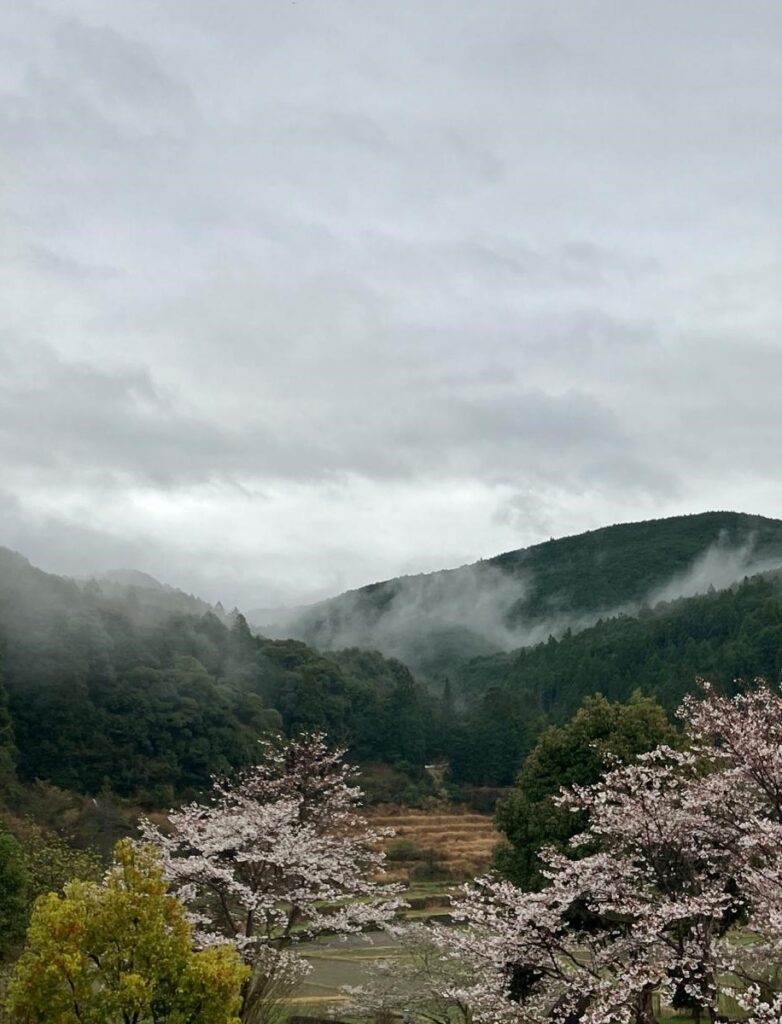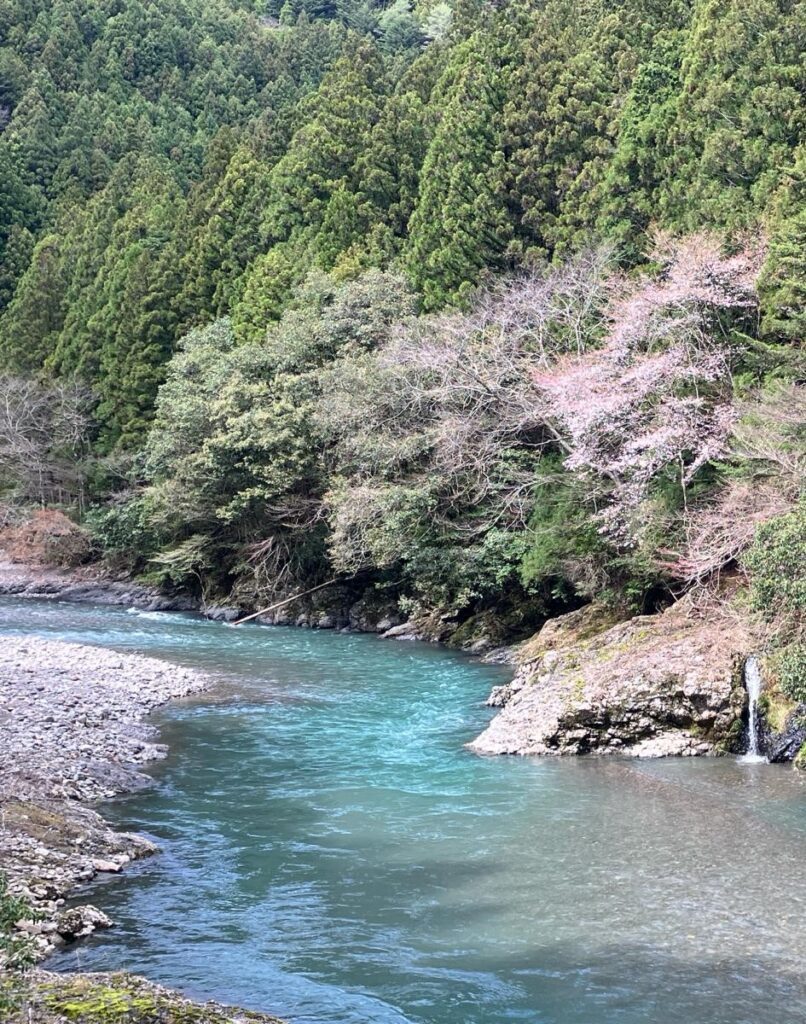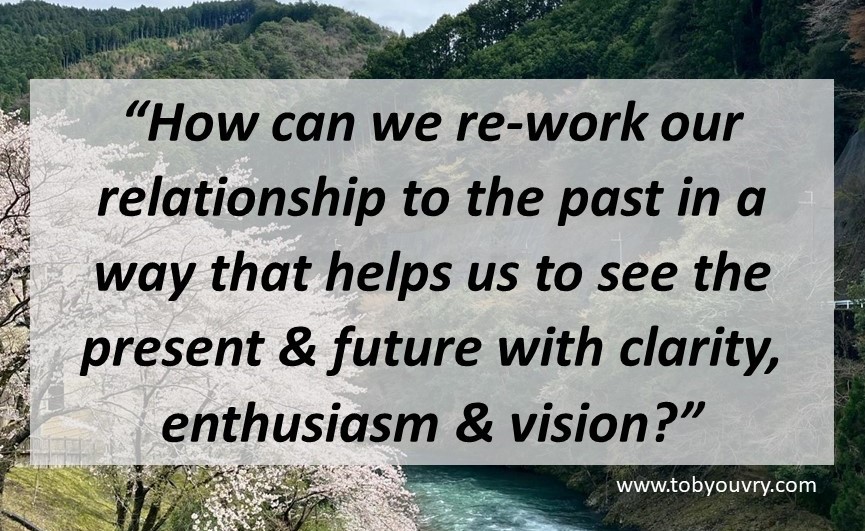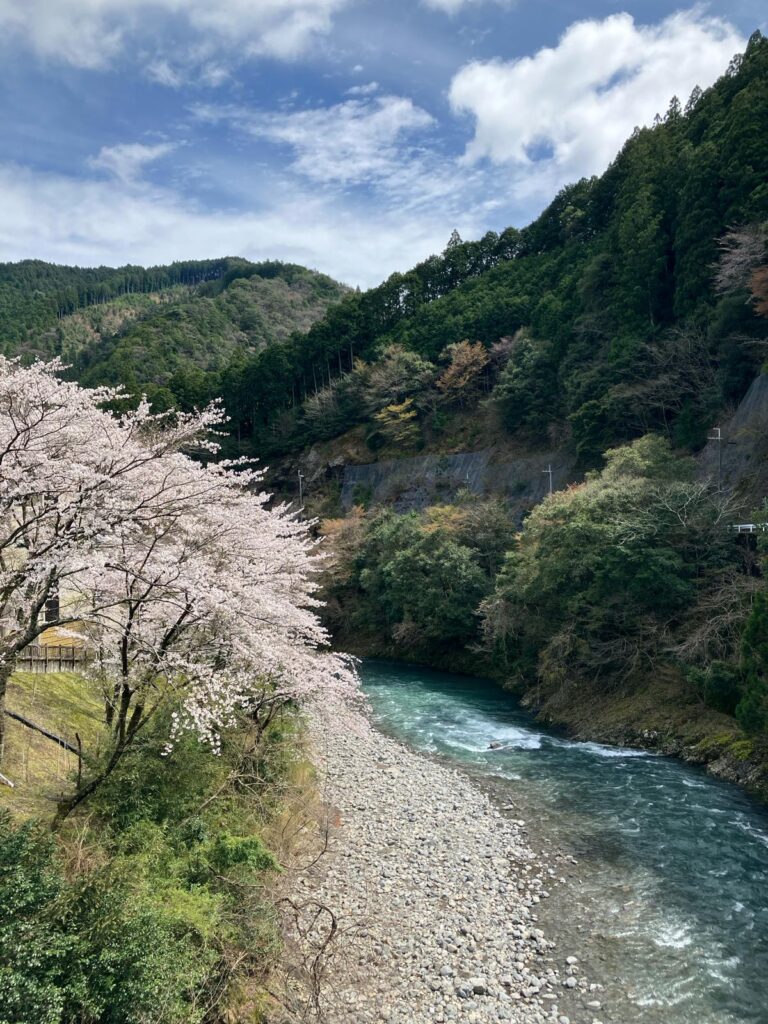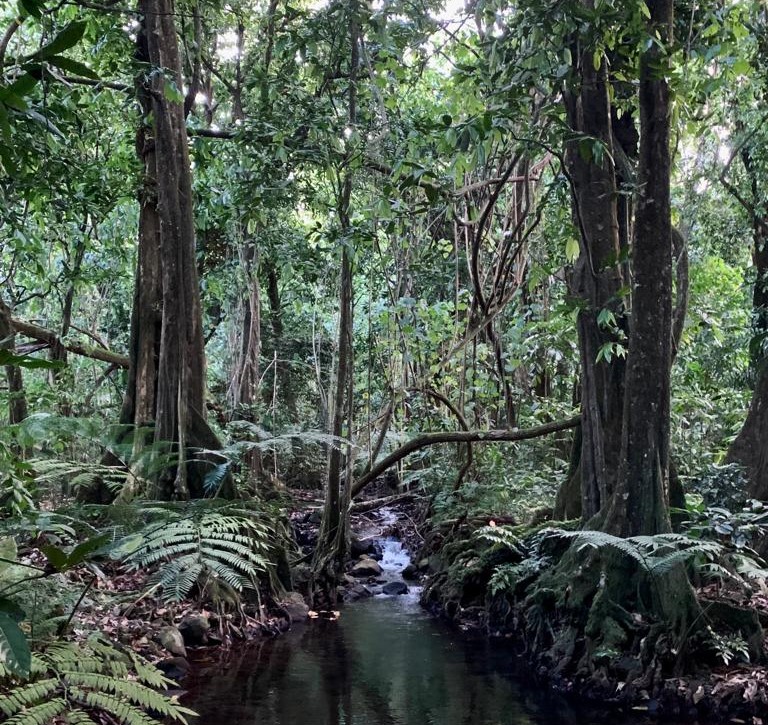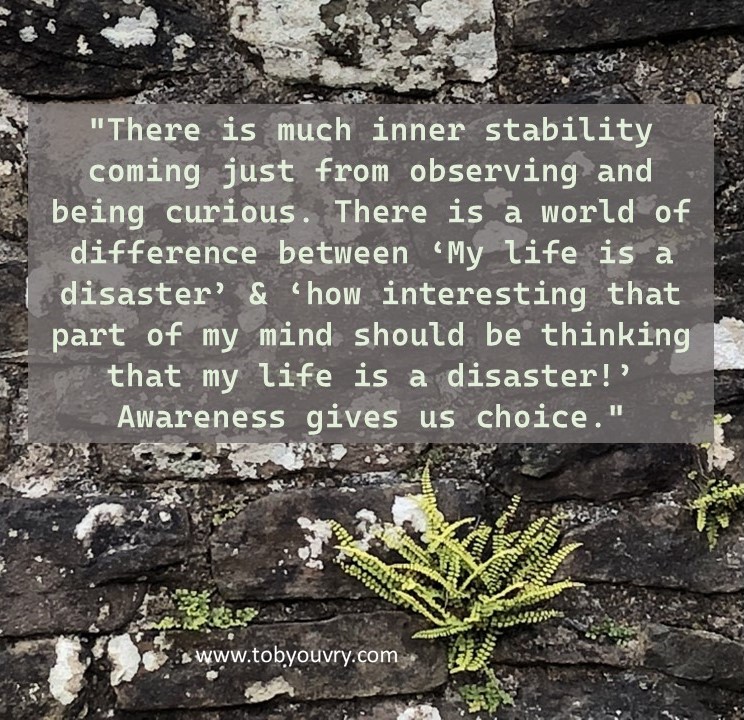“Teaming up our intuition & rationality helps us trust our natural inner guidance and signals”

Dear Integral Meditators,
This week’s article offers some ways of making distinctions around different type of intuition, & beginning to work with them in daily life. If you enjoy it, feel free to join us for the Tuesday or Wednesday meditation class, where it will be a focus point of the meditation.
In the spirit of intuition,
Toby
Three levels of mindful intuition
What is intuition?
For this piece, I’m going to define intuition as a way of experiencing and processing our life in a way that is almost instantaneous, often pre, or trans-rational, meaning preceding logical or systematic thought. Here are a couple of mainstream definitions from the internet that are complementary to mine:
- Oxford languages: Intuition – using or based on what one feels to be true even without conscious reasoning; instinctive; “his intuitive understanding of the readers’ real needs”
- Cambridge dictionary: Intuition – able to know or understand something because of feelings rather than facts or proof
Why is it useful to develop?
Reliable intuition is a wonderful capacity to develop, as it enables us to navigate life confidently, experientially, and more successfully. It is a capacity that is complementary to our reasoning, and analytical capacity, rather than in competition with it. If we can make our intuition and reasoning a team, then they can help us to verify choices, navigate confusion and so forth. Teaming up our rationality and intuition helps us trust our natural inner guidance and signals.
Three levels of intuition
Most often I think about intuition as having three levels; instinctual, mental and spiritual:
Instinctual intuition comes from our biological intelligence. It is the capacity that we share with animals. It is pre-rational, often sensual and sensory. If you quieten the mind and attune to your body-intelligence, then you’ll start to notice this level of your intuition providing you signals and feedback thru-out the day. When you are out in nature, you may notice this level of intuition really coming to the foreground of your awareness, as your animal nature attunes to its environment.
Mental or intellectual intuition is the capacity of our mind to compute answers based on the sum total of our knowledge and experience, before our conscious mind can do it in a linear way. For example, if we are an experienced chess or tennis player, our intuitive sense of the next move or shot will often come intuitively and instantaneously. This ‘feeling’ comes from the capacity of our intellect to make trans-rational calculations based on the totality of our knowledge and experience in this domain.
Spiritual intuition is that dimension of our intelligence that lies beyond both our instinct and our intellect. The intuition that comes from this level is distinct, sometimes characterised as a ‘still small voice within’. In a previous article I describe this intuitive voice as follows:
“What you are looking for is a quieter voice within you coming from a deeper level of your consciousness. Its nature is to be kind, and quiet, strong and wise. It’s easily drowned out by the louder voices of the everyday mind, which is why you need to listen for it closely, in a relaxed frame of mind”
Sometimes referred to as the Higher Self, Soul Self or Spiritual Self, spiritual intuition often feels as if it’s perspective comes literally from an ariel point of view, a ‘big picture’ perspective.
If you sit quietly, and recall a particular situation in your life, you can try gently to identify these three voices, attuning to the different information and perspectives they are giving you. Sometimes they will be in broad agreement, sometimes they will be saying different, even contradictory things to each other. It is your job as the conscious self to:
- Identify these three voices of your intuitive guidance
- Collate and assess them together, making a decision that you feel is best for you and the situation at hand, all things considered
Identifying and listening to these three levels of your intuition is a part of what I call learning to trust your inner guidance, or ‘inner guru’. Everyone has all three of these, it’s just a matter of putting in a little patient practice to start building your competency!
Related articles: Trusting your inner guru
Four ways of working with your inner voice
Article & content © Toby Ouvry 2024, you are welcome to use or share this article, but please cite Toby as the source and include reference to his website www.tobyouvry.com
Follow Toby on: LinkedIn, YouTube, Instagram
Integral Meditation Asia
1:1 Coaching * Books * Live & Online Workshops * Corporate Mindfulness Training *Life-Coaching * Meditation Technology





